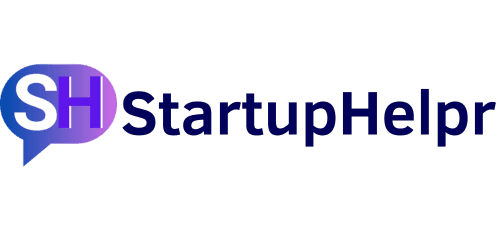When you're preparing a pitch deck for potential investors in your SaaS business, it's crucial to include the right metrics. These metrics don't just show the current health of your company; they signal future potential and operational efficiency. Below, we'll dive into the key metrics you need and why they matter. Whether you're new to the SaaS world or a seasoned pro looking for a refresher, this guide is for you.
1. Annual Recurring Revenue (ARR)
Annual Recurring Revenue is one of the most fundamental metrics. ARR measures the amount of revenue you can expect to receive from your customers each year. It's the gold standard for evaluating the health and trajectory of a SaaS business.
Here’s why ARR matters:
Consistent Revenue: Provides a stable forecast which is crucial for growth planning.
Investor Interest: Attracts investors looking for predictable revenue streams.
Calculating ARR
To compute ARR, sum up the revenue from all your active subscriptions annually. Exclude any one-time fees to ensure you capture only recurring transactions, providing an accurate health indication of your revenue stream.
2. Churn Rate
Churn Rate is the silent killer of SaaS businesses. It measures the percentage of customers you lose over a specific period. Keeping this number low is essential for long-term growth.
What to Remember:
Customer Base Stability: Ensures your customer base isn't vanishing.
Revenue Impact: High churn can severely impact your revenue trajectory.
Types of Churn
Customer Churn: Simply the percentage of customers lost.
Revenue Churn: A more refined metric, measuring the percentage of subscription value lost.
Reducing Churn
Enhance your customer success strategies. Engage with customers, gather feedback, and adapt your offerings to fit evolving needs.
3. Net Revenue Retention (NRR)
Net Revenue Retention dives deeper into how much revenue you’re retaining, factoring in not just lost customers but also any upsells or expansions within existing accounts.
Why It’s Important:
Growth indicator: A figure above 100% indicates growth from existing customers alone.
Health of Offerings: Shows that existing customers value your product enough to invest more.
Calculating NRR
Subtract any lost revenue from churned clients and add any revenue gained through upsells to your current recurring revenue.
4. Runway
Your financial runway is the amount of time your company can sustain operations at its current spending rate before running out of funds. This metric gains paramount importance, especially for startups and those scaling rapidly.
Factors to Consider:
Operational Efficiency: Insight into spending habits and operational changes needed.
Cash Management: Understanding burn rate and potential funding needs.
5. Customer Acquisition Cost (CAC) Efficiency
CAC Efficiency looks at how cost-effectively you can acquire new clients relative to the revenue they bring in. This metric is critical for assessing the return on investment from your sales and marketing efforts.
Key Elements:
Budgeting: Directly informs what marketing/sales strategies are sustainable.
Growth Strategy: Improves targeting efficiency and spend allocation for higher returns.
Improving CAC Efficiency
Focus on optimizing your sales funnel, refining targeting strategies, and honing your messaging. Effective customer success teams can also lower CAC by leveraging referrals and testimonials.
Conclusion: Partnering for Success
Having these metrics in place not only assures investors of your company's viability but allows you to steer your SaaS ship with confidence. If you're feeling overwhelmed or require expertise to refine these elements, consider partnering with a consultancy. They can help align your customer success strategies, optimize churn rates, and refine CAC metrics to elevate your SaaS business to the next level.
Ultimately, ensuring these metrics align can significantly increase your chances of winning investor confidence and driving sustainable growth.




